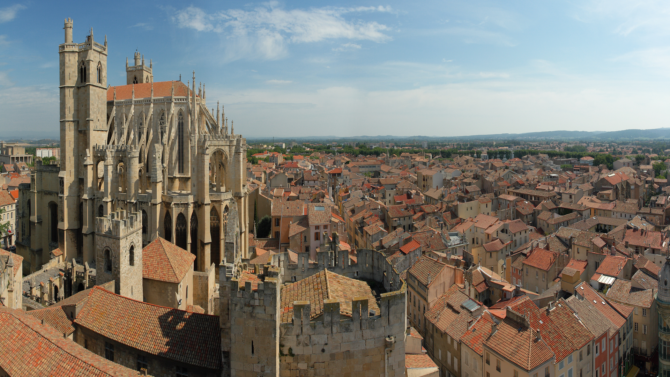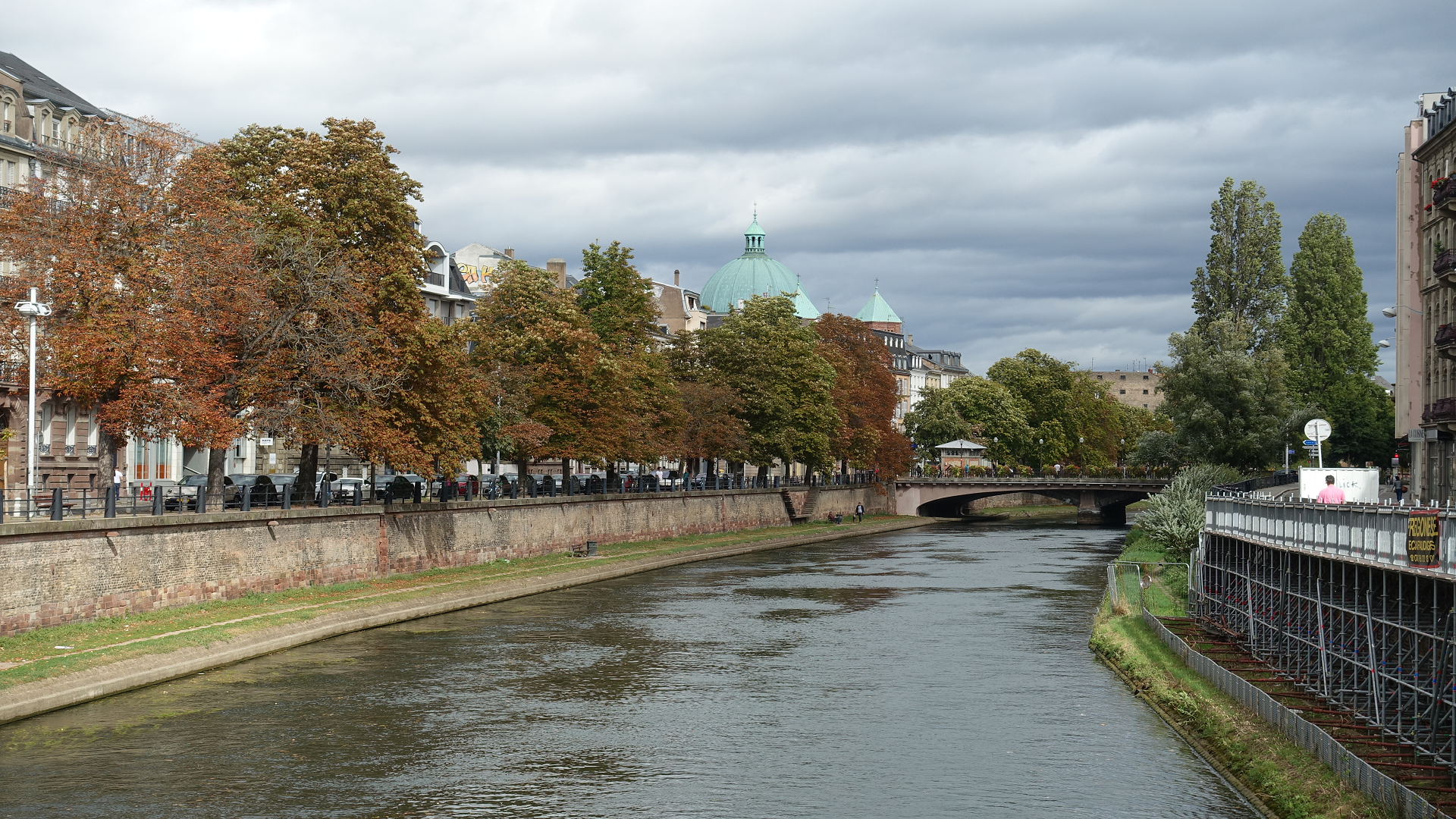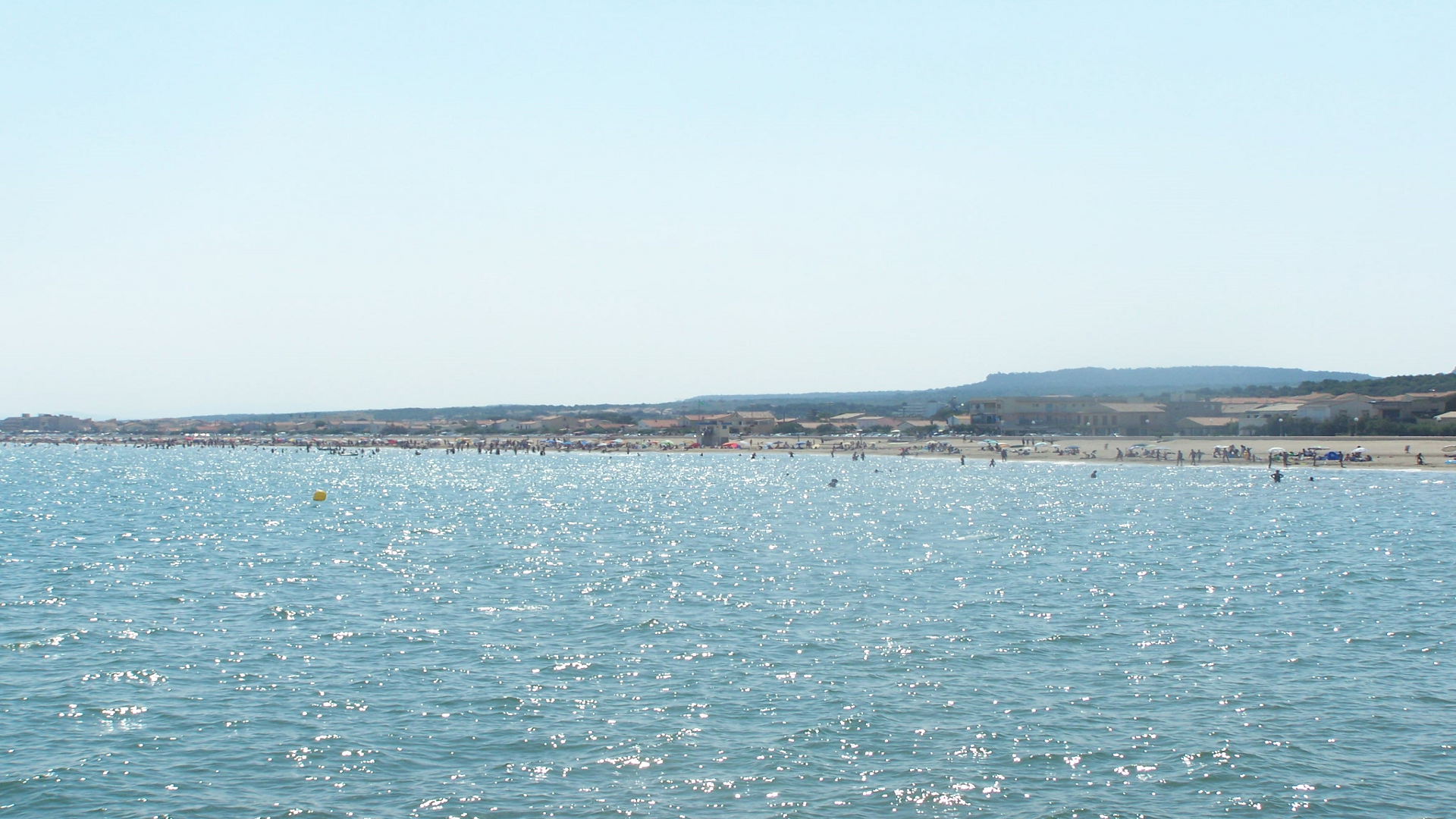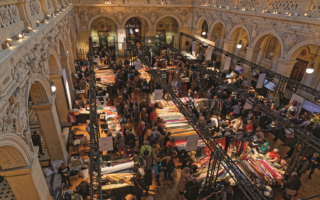Narbonne: The Perfect Blend of Culture, Nature, and Coastal Splendor

Solange Hando enjoys a colourful stay in a secret corner of the Mediterranean. Nestled among the vineyards, Narbonne is a delightful place with a rich heritage and a pretty canal, almost Venetian style, glistening through the trees. The historic centre is among the best in the Aude département while the surrounding Regional Nature Park beckons with fragrant hills and some of the finest beaches in Occitanie. As you stroll in the lanes, the Midi greets you with its leisurely way of life and plentiful southern sunshine.
When the Romans arrived here in 118BC, they set up ‘Narbo’, beautifully poised at the crossroads of trading routes where the River Aude led to the sea. The city flourished for over 500 years and many artefacts from this period are now displayed in a new museum, Narbo Via. More remains can be seen in Clos de la Lombarde in the Horreum – the underground granary – and on the main square, where an uncovered section of the Via Domitia allows you to walk on the original paving slabs, which I particularly loved.
Just steps away, the massive medieval complex rose in the midday sun. So there it was, the city’s pride and joy: the former Archbishops’ Palace including the Gothic Palais Neuf, restored by Viollet-le-Duc, housing the city hall and art museum, and the old Romanesque Palace, currently closed for renovation, though you can venture through the Passage de l’Ancre, where the Church levied taxes for navigation and berthing rights. The Gothic cathedral boasts a lofty choir, cloister and a treasury but it has remained unfinished so that the city walls could be preserved.
I lingered in the episcopal gardens, still haunted by dramatic tales of the Cathars, but the dungeon’s panoramic terrace (162 steps) soon lifted my spirits. Wow! That was a fabulous view – the Massif de La Clape in the distance, the red roofs and churches, and almost within arm’s reach the cathedral turrets and walls. Down on the square, locals lunched under the awnings while the Canal de la Robine made its way through the trees.

Canal to Les Halles
In the 14th century, when the tempestuous Aude changed its course, silting spread along the shore and Narbonne lost its port and access to the sea. Decline set in until centuries later, when the Canal du Midi (now a Unesco site) opened a new branch south to Narbonne and Port-la-Nouvelle on the Mediterranean. At the heart of town, this romantic Canal de la Robine is my favourite place.
Imagine the flower-draped bridges, the unusual Pont des Marchands (one of just two in France with houses on top), the gabarres inviting you on a quiet cruise and along the Promenade des Barques, myriad restaurants tucked under the trees. It’s the place to watch the world go by and gaze at elegant mansions built by wine producers, miraculously untouched by the 19th-century phylloxera.
On nearby Rue Droite, the pedestrian high street, pastel walls and balconies look down on local shops while across the canal, in a stunning Art Nouveau building, Les Halles is one of the best food markets anywhere, every day until 2pm. With over 60 stalls and seven eateries, it’s a kaleidoscope of colour and fragrance, with bread, cakes, seafood, cheese, honey, olives, herbs and much more. Quick steak for lunch? Don’t miss Chez Bebelle, orders blared through a horn, thrown across by butcher in less than a minute, cooked and served before you know it. You can’t get fresher than that. But there are vegetarian options too and plenty of wine, such as quality reds from the Monts de la Clape or the Corbières.

Breathtaking beaches
Today Narbonne is inland but the coast is only 15km away beyond the limestone Massif de la Clape. Clad in vineyards, garrigue and woods, this former island rises to 214 metres with scenic trail and belvedere.
At its feet Narbonne-Plage claims the coveted blue flag on 5km of sands lapped by a clear blue sea. What more could you want? Fresh air? No problem, there’s so much space and a generous breeze almost every day. Lounge on the beach, watch a game of pétanque, sail, surf, enjoy the craft market, festival or outdoor show in season. Riggings tinkle in the marina and along the promenade stalls sell ice cream, pancakes, traditional mussels (brasucade) and fougasse, the flat loaf from Provence. The resort was created in the 1950s by the local mayor who donated villas as lottery prizes. That was a brilliant start…
Travel on the city bus and on the way you’ll see the old village of Gruissan and its hilltop Tour Barberousse, mirrored in the lagoon in a scene straight from a postcard. From Narbonne-Plage, north towards Fleury and south to Leucate (famous for oysters), the coast is protected by the Regional Nature Park, beaches, lagoons, salt pans and dunes, heading inland across La Clape and the nearby Corbières.
You may not see it all over just one weekend but on this lovely ‘Côte du Midi‘, Narbonne will always be there, ready to welcome you back.
Looking for more travel inspiration?
France Today is the world’s leading travel and lifestyle title about France, with a magazine and website that appeal to Francophiles around the globe.
Lead photo credit : Benh LIEU SONG - Wikimedia Commons
Share to: Facebook Twitter LinkedIn Email
More in Canal to Les Halles, France Travel, French attractions, narbonne plage, Occitanie


